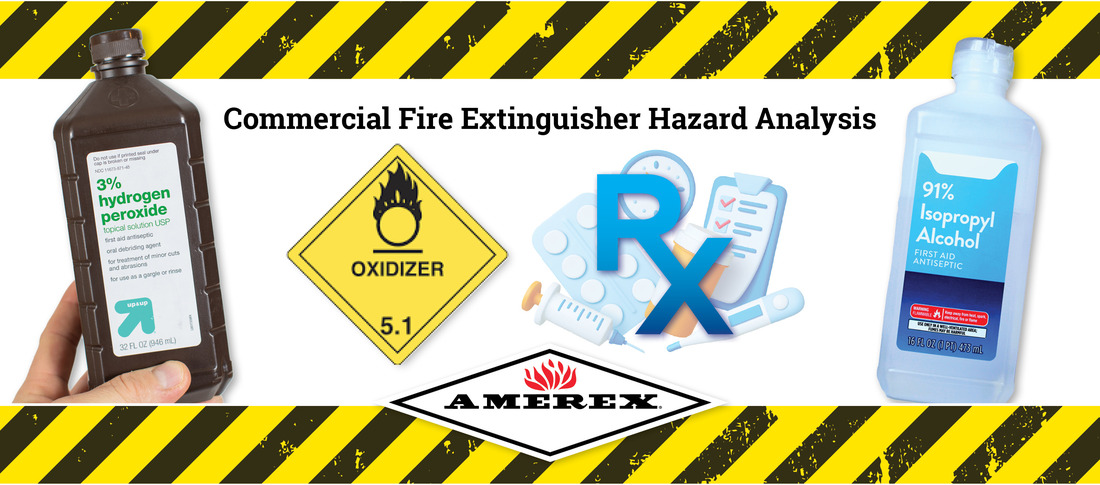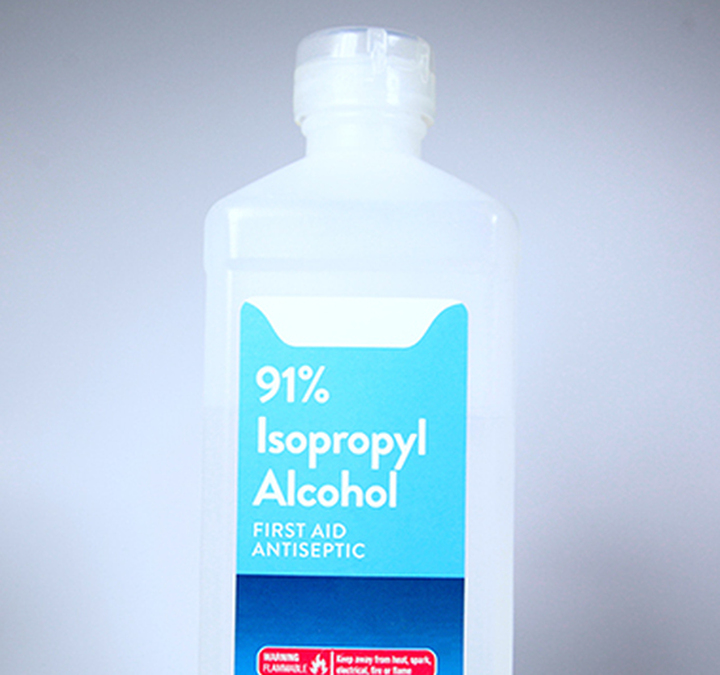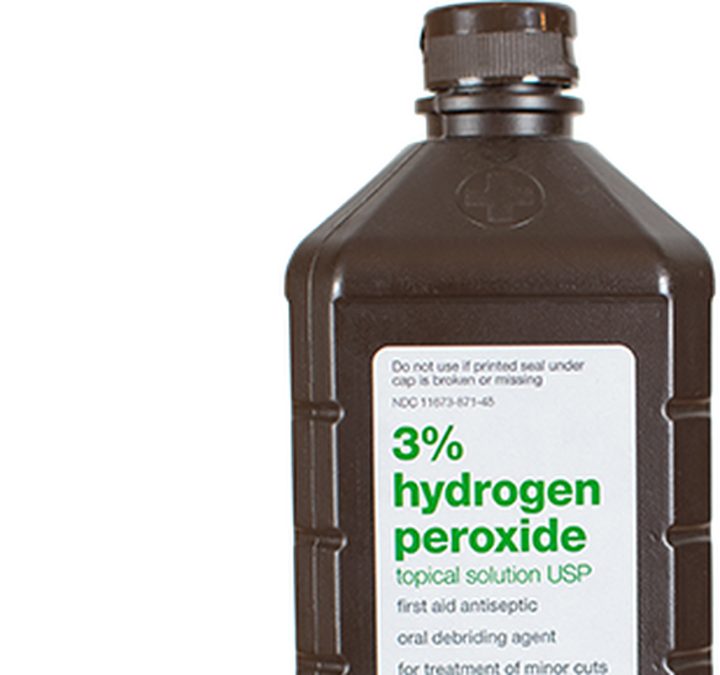Several years ago, NAFED hosted a speaker named Craig Schroll (who has passed away), whose insights into commercial fire extinguisher hazard analysis left a lasting impression on me. Craig, an insurance risk assessor who toured many large, complex facilities, had a remarkable ability to uncover hidden or unnoticed details that would shape a hazard analysis.
One memorable example he shared involved a pharmacy where normally you would find a standard flow ABC 5 or 10 lb fire extinguisher. But Craig showed a picture of the pharmacy with packed shelves and stacked boxes of goods ready to be distributed then he asked a simple question: what’s in all those boxes?
The answer was eye-opening. Many of those boxes were full of isopropyl alcohol and hydrogen peroxide. When you added up the volume of isopropyl alcohol it exceeded 5 gallons, reclassifying the area from a light or ordinary hazard to an Extra Class B Hazard. Additionally, hydrogen peroxide is an oxidizer so dry chemicals and halogenated agents cannot be used to protect them. Amerex’s Tech Tip #43 addresses oxidizers and states “… the agent of choice shall be water.”
The Amerex B270 or B272 Water mist commercial fire extinguishers are perfectly suited to protect the oxidizer hazard, but don’t have the required rating to protect the extra class B hazard. The isopropyl alcohol was stored in one-gallon jugs, four per box stacked five high and two deep in the corner behind a rack of shelves. According to NFPA 10, chapter 5, three-dimensional class B hazards (stacked boxes of jugs) and class B hazards with obstacles (the shelves) require a fire extinguisher with a minimum capacity of 10 lbs and a flow rate of one lb per second. This pharmacy has two adjacent hazards that require two different fire extinguishers. The high flow rate dry chemical fire extinguisher CANNOT be used on the hydrogen peroxide and the water mist fire extinguisher is not designed to extinguish three-dimensional class B fires with obstacles.
Knowledge is power! Understanding the nuances above and being able to convey them to the end user is the key to protecting these hazards properly. The two hazards need to be separated and labeled, then the proper commercial fire extinguishers can be assigned to each hazard.
Let’s take this example a step further. Where should these fire extinguishers be mounted in relation to each hazard? Hydrogen peroxide itself is not inherently flammable, but the boxes and packaging pose fire risk. Since you can’t use normal ABC dry chem on an oxidizer, you must protect this separately if you are using ABC Fire Extinguishers to protect the occupancy. The Amerex Water Mist fire extinguishers (B270/272) have a discharge range of 10-12’, mounting the fire extinguisher on a path of egress from this pharmacy and labeled for use on oxidizers would be best practice.
The discharge range of the high flow fire extinguisher required for the alcohol hazard is longer, 15-25’ and that hazard will produce much more heat much faster. NFPA 10 requires a maximum of 50’ travel distance for extra class B hazards. Mounting this fire extinguisher on a path of egress no more than 50’ from the hazard is best practice.
Every facility you enter as a Fire Extinguisher Technician has the potential to present nuanced hazards like this pharmacy. Widen your gaze, ask questions and communicate the fire code standards to the end user. Everyone wins when we protect hazards correctly.
For more information, see the Amerex Hazard Analysis information sheet.




